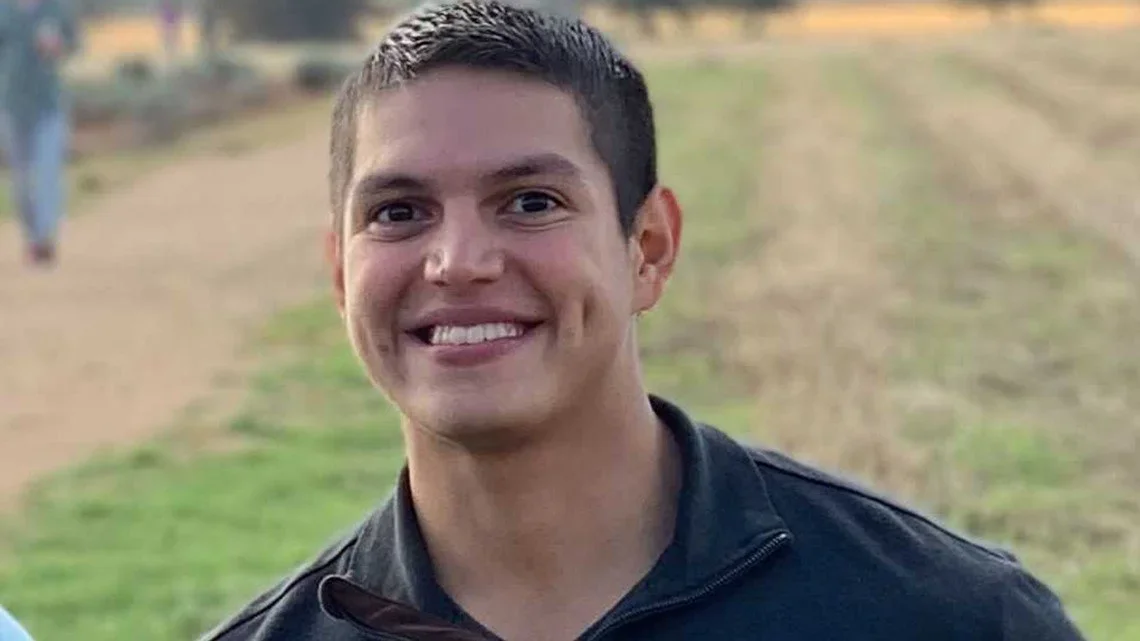Casablanca: Rick’s Champagne Cocktail Recipe 🥁🥁🥁🥁🥁
/Romantic, Intimate, Inspiring
Year Released: 1942
Directed by: Michael Curtiz
Starring: Humphrey Bogart, Ingrid Bergman, Claude Rains, Paul Henreid
(PG, 102 min.) )
Genre: Classics, Drama, Romance
Academy Awards:
Best Picture, Best Director (Michael Curtiz, Best Adapted Screenplay (Julius Epstein, Philip Epstein, Howard Koch)
“Of all the gin joints in all the towns in all the world, she walks into mine.” –Rick Blaine
Behind the scenes, its temperamental stars didn’t always hit it off, its Oscar wins were a real surprise to the cast, and it wasn’t until 1957 that it really caught on.
Yes, this is the famed Casablanca, routinely ranked in the top five films of all time. Yes, the same one whose lines are still iconic, even if we might not all know their original source.
And this all American film is “startlingly European.”
Beyond the fact it was shot by one (director Michael Curtiz was Hungarian), all but three of the principal cast were European. Many Nazi roles were filled by Germans who’d actually fled Germany, including Conrad Veidt who plays the menacing Major Strasser. Veidt was an outspoken anti-Fascist whose wife was Jewish.– John Farr
That so many parts were actually played by refugees adds special poignancy to the film.
Yet, from the onset, Casablanca only got made as a kind of coincidence, since the unproduced stage play, Everbody Comes to Ricks’s, – can’t imagine it with that blasé name, can you – was purchased in an fever for patriotic films right after the bombing of Pearl Harbor. But it was one of many slated that year and no one expected it to distinguish itself from its peers.
However, the surprise Oscars for Best Picture. Best Director, and Best Screenplay are not what cemented its status. That is another story, and we have to go the campus of Harvard University some fifteen years after its November 1942 release to find out.
Though successful on release, this indelible classic from 1942 truly entered the zeitgeist in the late 50’s and early ‘60s, when a whole new generation of viewers, specifically Harvard students, fell in love with it.
The Brattle Theatre in Cambridge had brought back the film in 1957, and it had done amazing business. After that, the management resolved to run it every year during final exams. It was then that seeing “Casablanca” there became a rite of passage — and an annual tradition — for Harvard men (and Radcliffe women). –John Farr
Other Tidbits in Farr’s piquant “Behind the Scenes: The Making of Casablaca” hint at Bogart’s awkwardness at his first time as a romantic lead, having mostly played gangsters who ended up shot in the final reel. Contributing to this awkwardness might be the fact that Bogart had to wear platform shoes to boost his height in love scenes with the lanky Swedish beauty, Ingrid Bergman.
In spite all the gushing about their onscreen chemistry – Roger Ebert said, “She painted his face with her eyes.” – behind the scenes it was awkward.
“I kissed him but I never knew him,” is a line from the film, but it also seems Bergman’s view as well. And of course, the fact that the screenwriters had not decided the ending during the shoot and did not tell Bergman with whom she’d wind up, advising her to “Just Play it in-between,” might be apparent in the loving looks she gives both Rick and her husband, Czech Resistance fighter Victor Laszlo.
By the way, Austrian actor, Paul Henreid, who played Laszlo, considered Bogart a mediocre actor at best and purportedly pouted throughout most of the filming, while Bergman herself pegged actor Henreid, a “prima donna.”
Truthfully, probably all three leads were prima donnas, but it is a credit to their acting that audiences never suspected their supposed off screen disdain or indifference.
Now, given all that behind the scenes blather, with the stars themselves seeing the plot as kind of hokey, why has Casablanca lasted so long and still seems so fresh? Having just watched it again this week, I am still impressed. Like The French Connection, it too has aged well. And like Clint Eastwood’s recent The Mule, it is a film about redemption. (Maybe, like Casablanca, The Mule’s reputation will improve over the years.)
The wonderful Claude Rains, playing the corrupt Casablanca Prefect of Police, accuses Rick of being, at his core, “a rank sentimentalist.” And yes, Rick does work very hard to be cynical:
Rick Blaine: I stick my neck out for nobody.
Rick Blaine: (when asked his nationality) "I'm a Drunkard."
Customer: Um, waiter? Will you ask Rick if he will have a drink with us?
Carl Headwaiter: Madame he never drinks with customers. Never. I have never seen it.
Customer: What makes saloon keepers so snobbish?
German Banker: Perhaps if you tell him I run the second largest banking house in Amsterdam?
Carl Headwaiter: Second largest? It wouldn't impress Rick. The leading banker in Amsterdam is the pastry chef in our kitchen.
German Banker: We have something to look forward to.
Carl Headwaiter: And his father's the bellboy.
Thus, we welcome Rick’s newfound nobility – actually not newfound; the film mentions several times his past risking his life for his beliefs – and see it not as hokey, but as a revelation of his true core.
Inside of us, we both know you belong with Victor. You're part of his work, the thing that keeps him going. If that plane leaves the ground and you're not with him, you'll regret it. Maybe not today. Maybe not tomorrow, but soon and for the rest of your life. – Rick Blaine
We watch Rick’s stoic face as the plane departs with Ilsa. If he shows outward pain, we might not be so affected by his decision. Or if Rick sees himself as noble – ATale of Two Cities’s Sidney Carton’s “It is a far, far better thing that I do..” kind of thing – we might reject this as out of character. But Rick downplays his nobility and thus allows us to accept it:
I'm no good at being noble, but it doesn't take much to see that the problems of three little people don't amount to a hill of beans in this crazy world. Someday you'll understand that. Here's looking at you, kid.
That nobility even rubs off a bit on Rains’ casually corrupt Capt. Louis Renault in spite of his earlier quip when Rick holds a gun to his heart, that it is his “least vulnerable spot.” When he witnesses Rick kill the despicable Nazi Major Henrich Strasser point blank so Ilsa and Henreid can escape, Renault lets Rick off the hook. He repeats the line that opened the film and generated another one in 1995:
“Round up the usual suspects.”
We could use a few more men like these nowadays, imperfect as they are. Watch Casablanca again or for the first time and appreciate what unadorned nobility really looks like.
–Kathy Borich
🥁🥁🥁🥁🥁
Trailer
Film-Loving Foodie
Despite the fact that Rick (Bogart) refers to his place as a “gin-joint” and calls himself a “saloon keeper, “ Rick’s Café Americain is quite classy. And the drinks are served at “…a gleaming high-class bar designed by (famed set designer) George James Hopkins.”
While Rick keeps all his patrons happy– arrogant Germans, corrupt Casablanca officials, and desperate refugees – it is up to his Russian bartender Sascha, played by Bogart’s real life drinking buddy, Leonid Kinskey, to craft the actual drinks. He keeps everything neat and spotless, and expertly whips up some champagne cocktails ordered by Victor Laszlo, the Czech freedom fighter who shows up unexpectedly with Rick’s long lost girl on his arm.
Here is the recipe. It is both simple and elegant.
“Here’s looking at you, kid.”
Rick’s Champagne Cocktail
1sugar cube soaked in bitters
1 oz brandy or cognac
Brut champagne
Twist of lemon, for garnish
Place your sugar cube on top of the bitters bottle. While holding it in place with your finger, flip the bottle upside down until the sugar cube is saturated. Drop the sugar cube into a champagne flute and add your cognac or brandy. Top with Brut champagne, garnish with lemon and enjoy.

















